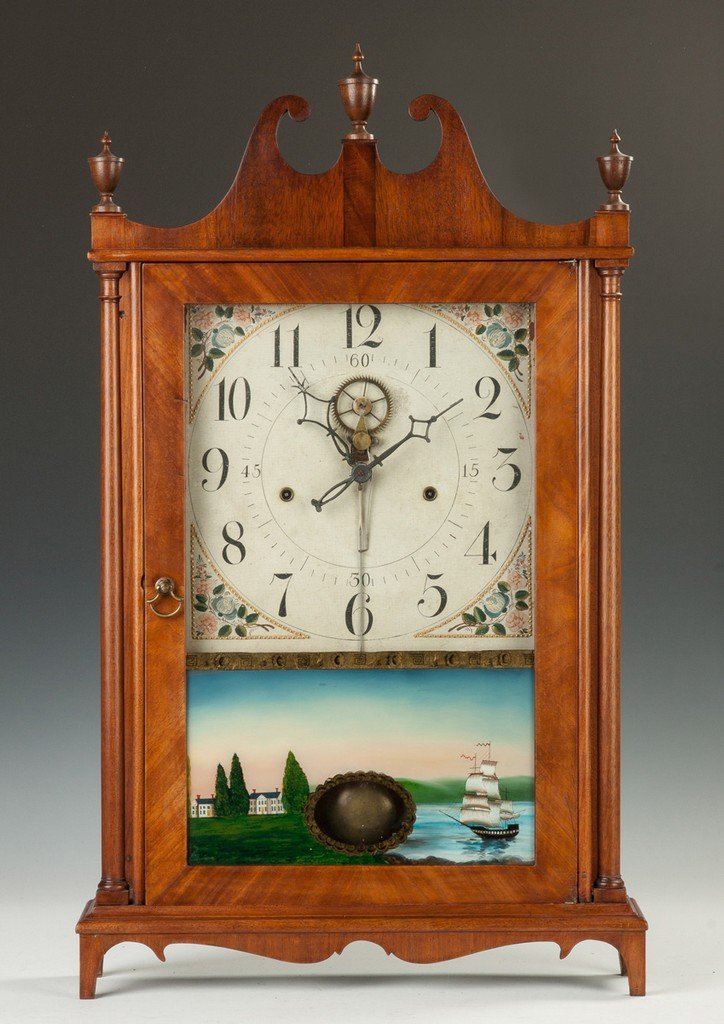
Historian Diana Muir believes that he accomplished this around 1816.

It was during this period that North is believed to have invented a milling machine, which was able to shape metal mechanically and thus replaced filing by hand.

North is now generally credited with the invention of the milling machine, the first entirely new type of machine invented in America and one which, by replacing filing, made the production of interchangeable parts practicable.īy 1813, North had signed a government contract to produce 20,000 pistols that specified that parts of the lock had to be completely interchangeable between any of the 20,000 locks: the first contract of which any such evidence exists. Cheney is known to have also produced screws and small metal parts in his mill for the pistols his brother-in-law was manufacturing just downstream. Cheney used his new plant to mass-produce parts that manufacturers were turning out in emulation of Eli Terry's innovation. Although Cheney was trained as a maker of fine clocks in brass and other materials, Eli Terry, a clockmaker who had trained as a clockmaker with either Timothy or Benjamin Cheney, had just invented a method of producing the parts for wooden shelf, or pillar-and-scroll clocks that enabled them to be mass-produced using interchangeable parts. In 1810, Elisha Cheney moved his clock-making shop to the next waterpower site upstream from North.

North's brother-in-law Elisha Cheney was skilled clockmaker, a trade he had learned from his father Benjamin and uncle Timothy Cheney, two of the finest clockmakers in Connecticut. Simeon North naval pistol with ramrod, 1808


 0 kommentar(er)
0 kommentar(er)
